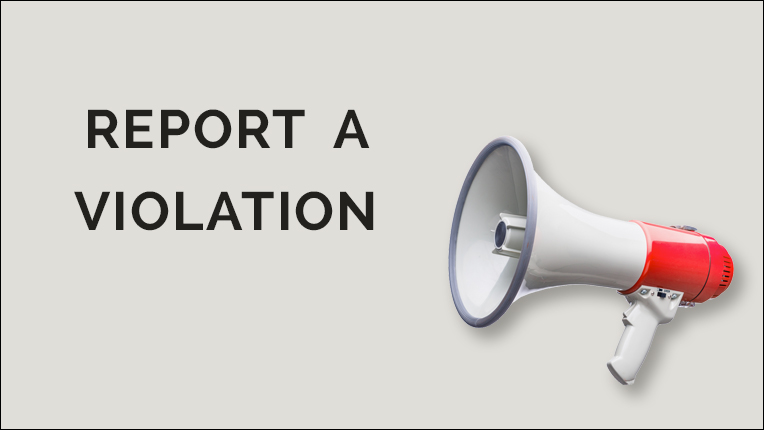Prior Publication and Simultaneous Submissions
Reviewed April 2018
In light of the changes going on in the scholarly market, the line between article submissions and publications is getting blurred. There is much discussion (and confusion) in the scholarly community regarding what constitutes copyright infringement. An author posting a paper on commercial piracy sites (such as ResearchGate) knowing they have assigned copyright to the publisher is in violation of the copyright agreement the author entered into with their publisher as it is illegal sharing of the published work. Copyright law also has clear guidelines as to what constitutes authorship and attributing too many individuals as joint authors (and therefore copyright owners) of an article is not legal. However, it is accepted scholarly culture to attribute large research groups on research papers.
Authors who publish with ACM have the freedom to post peer-reviewed pre-print versions of their papers to personal websites and institutional repositories. They can add a single-click link to their final published papers, and re-use any portion of their published work with the inclusion of a citation and DOI link. Authors can also post on any repository legally mandated by the agency funding the research on which the work is based, and on any non-commercial repository or aggregation that does not duplicate ACM tables of contents/substantially duplicate an ACM-copyrighted volume or issue (https://authors.acm.org/author-resources/author-rights.)
Simultaneous Submission. Simultaneous submissions can potentially lead to copyright violation or disputes if the work is published in different publications, and uses the production and financial resources of more than one publication that could have been allotted to other research. The ACM does not normally permit manuscripts under review in its journals or conference proceedings to be simultaneously under review for another publication. (By "under review" we mean a manuscript that has been submitted, and has not been either withdrawn or rejected.) The only exceptions to the prohibition against simultaneous submission are cases where an individual ACM publication unambiguously states that such submissions are allowed in its Instructions for Authors, Calls for Papers, and other appropriate public forums. For example, in some cases, conferences may specifically authorize simultaneous submission of identical papers to related conferences with overlapping submission periods. Under no circumstances shall a paper (or substantially the same paper) be simultaneously submitted to two or more publications, or to a second publication while still under review elsewhere, without a letter of notification to the Editor-in-Chief (EiC) or Program Chair (PC) of each affected publication. Failure to adhere to this policy is cause for rejection of the manuscript. Repeated violations may lead to a ban on future submissions at the discretion of the EiC or PC.
Prior Publication. Authors should only submit original work that has not been previously published, otherwise it can be viewed as self-plagiarism as it is material from another work without attribution. Multiple publication takes away opportunities to other authors to publish their work and can cause citation and indexing confusion. It should be avoided except under special circumstances. The technical contributions appearing in ACM conference proceedings and journals are normally original papers that have not been previously published in a refereed or formally reviewed publication. Issuing the paper as a technical report, posting the paper on a web site, or presenting the paper at a workshop or conference that does not publish formally reviewed proceedings does not disqualify it from appearing in an ACM publication. Workshops and conferences are encouraged to indicate in their calls for papers whether or not they will publish formally reviewed proceedings so that authors can determine whether or not submission will jeopardize ACM publication.
Authors may submit to ACM conferences and journals revised versions of papers that appeared previously in refereed or formally reviewed publications or under consideration for such publication elsewhere if:
- the paper has been substantially revised (this generally means that at least 25% of the paper is material not previously published; however, this is a somewhat subjective requirement that is left up to each publication to interpret);
- upon submission, the author notifies the EiC(s) or PC(s) that the paper has been previously published or simultaneously submitted; and
- the published policies of the publications or conferences involved do not prohibit this.
EiCs and PCs have substantial discretion in determining if special circumstances warrant republication of a paper. In some cases, conferences may specifically authorize simultaneous submission of identical papers to related conferences with overlapping submission periods. In addition, some journals may invite papers from certain conferences for special journal issues. This may lead to acceptance without substantial revision. EiCs and PCs may authorize republication of papers without substantial revision under other special circumstances as well, for example, republication of a historically significant paper as part of a retrospective. In any case where a paper is republished without substantial revision, any prior publication should be noted on the title page of the paper. Explicit permission must be obtained from the copyright holder before papers whose exclusive publishing rights are not held by ACM under copyright or license may be republished.
Report a Potential Violation
If you believe one or more of ACM’s Publications Policies have been violated and you have credible evidence of such violation(s), you may report a potential violation as a claimant. Before you report a potential violation, please read ACM’s Publications Policies carefully.
